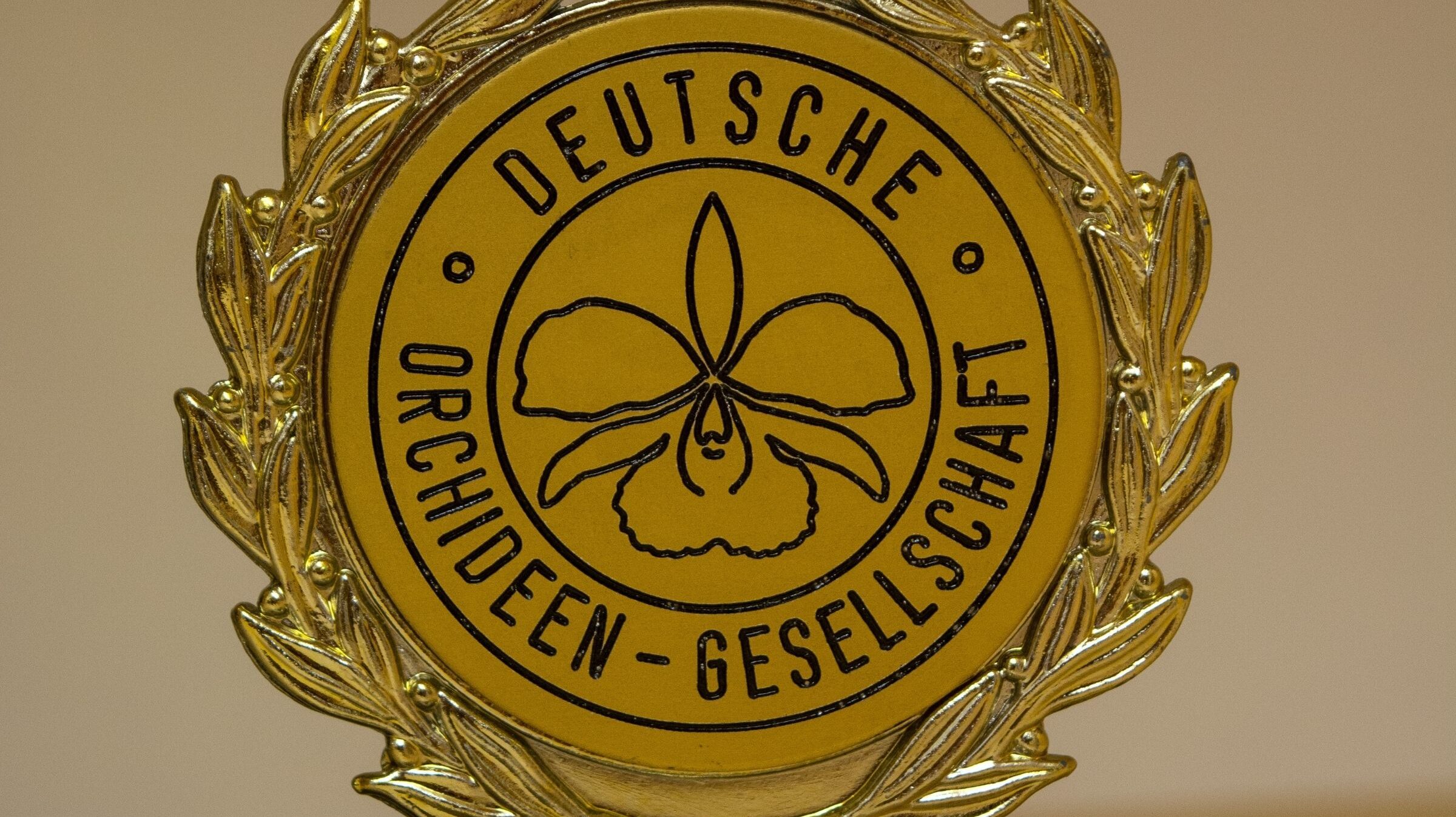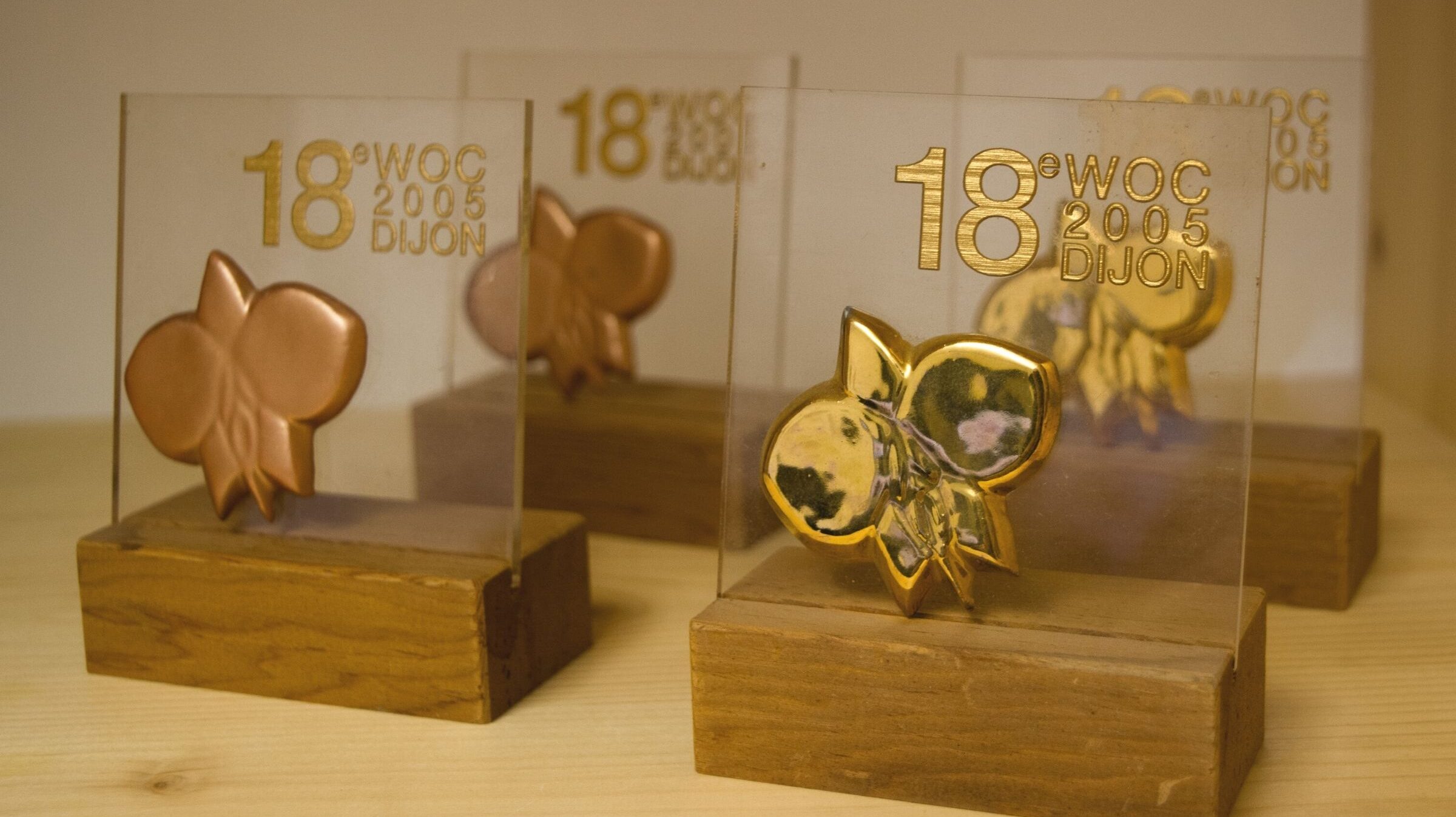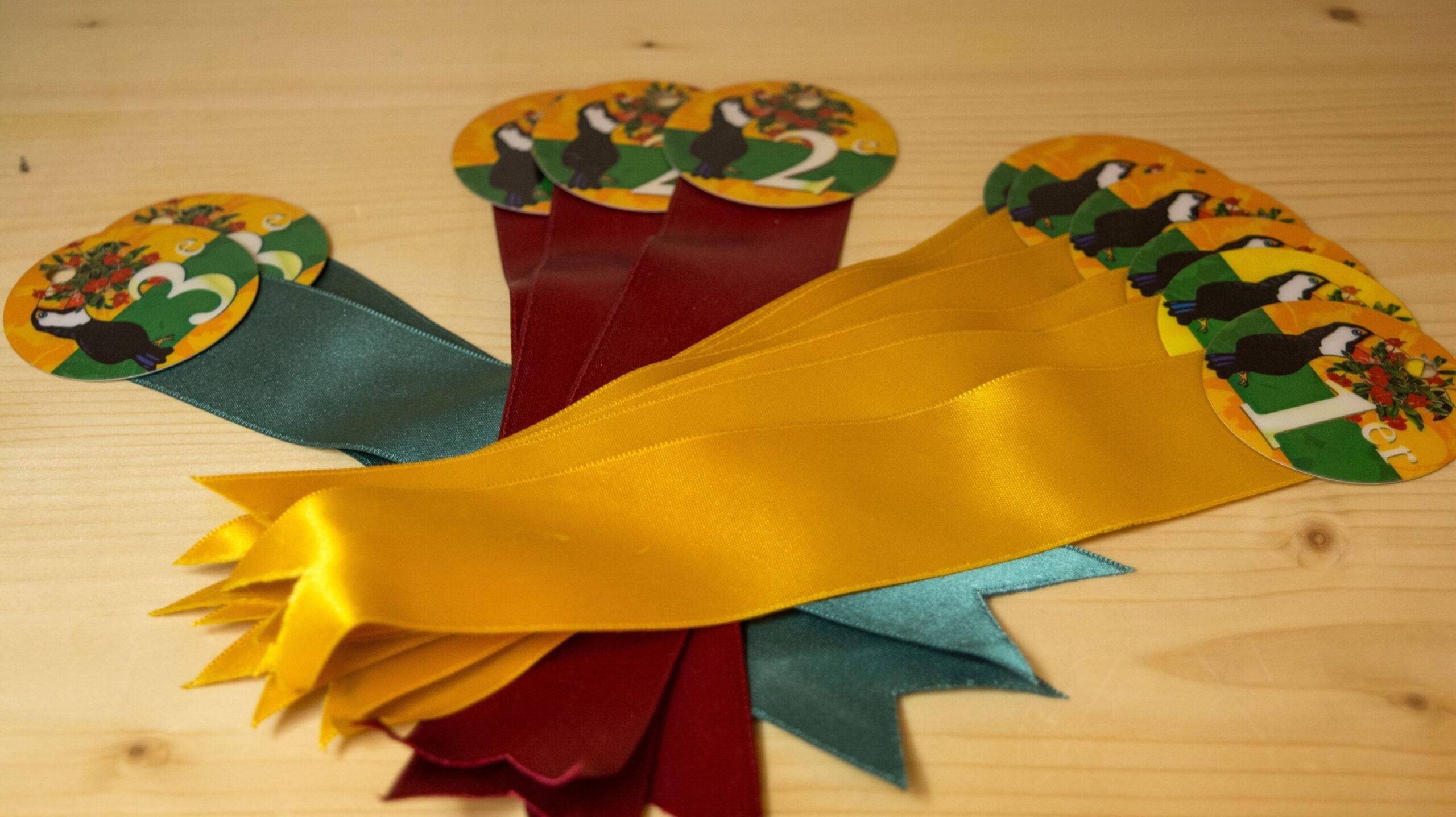Orchid House
In the Orchid House (House 1), the first show house on the south side, is dedicated to the orchid family of plants. A variety of tropical plants are cultivated in it in a warm and humid atmosphere, each complemented by flowering specimens from the Botanical Garden’s rich orchid collection.
In this house, the flowering orchids from the cultivation houses are shown to the general public. Valuable and small plants are placed in a showcase for safety reasons, as well as the rear closed section of the greenhouse. Only large plants and less rare specimens are planted out and openly displayed. Various tropical foliage and flowering plants, here especially tropical palms and plumeria, contribute to the “jungle atmosphere” of the house. Another attraction is located in the heart of the house, where a small waterfall flows into a stream into a pond. Here, in the midst of the jungle idyll, turtles from the reptile sanctuary have found a suitable home.
Protection by the Washington Convention on International Trade in Endangered Species
Not all orchids require high temperatures to grow, but the most magnificent and valuable species of this plant family are native to humid tropical climates. Due to their exclusivity and high commercial value, many orchid species have been nearly eradicated from their natural habitats. Therefore, all of them are protected and their trade is regulated by law.
Spectacular survival strategy
With about 30,000 species and an enormous number of cultivars, orchids are the most diverse group of plants in the world. This means that every tenth plant species on earth is an orchid. But where is this vast number of species hiding? The majority of orchids, namely more than 20,000 species, live as perching plants on tropical trees and shrubs.
As so-called epiphytes, orchids have developed a wide range of adaptations for living at airy heights. For example, tree-dwelling orchids have storage organs in the form of spherical or spindle-shaped thickened shoots, so-called pseudobulbs. Others have fleshy, thickened, water-storing leaves. Finally, there are even some that are completely leafless. In them, the roots, which contain chlorophyll, have completely taken over the task of the leaves.
Tiny, flighty seeds
The orchids possess a spectacular life strategy. All the pollen, which in other flowering plants is in the form of dust, is in most orchid species united into pollen packets (pollinia). Therefore, very high seed quantities result after successful pollination. Quantities of over one million seeds per seed pod have been counted. The seeds are accordingly as fine as dust, they have no nutritive tissue and due to their low weight they can fly well.
If an orchid seed reaches a suitable fungus, it becomes infected. It begins to germinate after digesting parts of the fungal hypha. Normally, the orchid forms a permanent bond with its fungus. The fungus taps it for various minerals, and the orchid gives its partner excess carbohydrates. In our greenhouses, orchids thrive without their symbiotic fungi. In nature, the germination rate is very low, because the probability of finding the suitable fungus within the short life span is minimal.
Darlings of the windowsill
As a houseplant, only about twenty genera have become established. Especially Phalaenopsis with its multicolored, attractive flower panicles, copes particularly well with domestic room temperatures. Since masses of orchids of the flower industry are brought to the buyer:inside, the prices for the jewels have fallen sharply.
Award-winning
In the Munich-Nymphenburg Botanical Garden, the orchid unit under the direction of Bert Klein regularly faced national and international comparison. Orchid competitions focus on flower color and shape, flower size and number of flowers per stem, and successful presentation, among other things. Many times Bert Klein brought cups and medals home to Munich for the Botanical Garden. Since 1992, the orchid unit has won dozens of gold, silver and bronze awards, as well as five honorary prizes.




